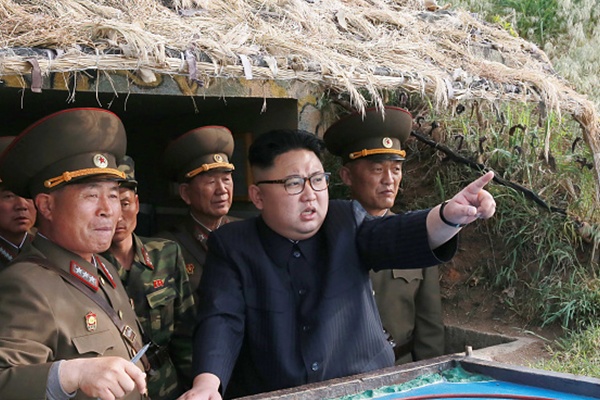By Swissquote Analysts
From peace dividend to the big defence spend

In 1989, the United States slashed its defence spending from a figure that was 5.87% of its GDP, kickstarting a downward trend that would see the budget hover at 3.48% in 2021. Why? A glance at the history books offers some context.
The dramatic budget cuts came after the fall of the Berlin Wall and the break-up of the Soviet Union, when President H.W. Bush championed the idea of a peace dividend. The world was entering a post-Cold War period of calm, which meant defence dollars could be reallocated to improving economic conditions on home soil.
Fast forward to 2023.
There is war in Europe, and rising tensions between China and Taiwan. The far-reaching impacts of the Russia-Ukraine conflict is motivating the supply of arms from other nations, and US intelligence believes President Xi Jinping has ordered China’s military to be ready by 2027 to annex Taiwan. Beyond these two major hot-spots, nations are shoring up their own supplies to be prepared for what might eventuate in their neck of the woods.
So who’s spending what?
The United States is the world’s biggest military spender, with the bill reaching a whopping US$877 billion in 2022. This accounted for 39% of global military spending and was three times more than what China, the world’s second largest spender, shelled out in the same year.
That said, China’s military budget has shot up by approximately 75% over the past decade, and this year announced the biggest increase to its military budget since 2019. The nation currently boasts the world’s largest army and navy, and has declared ambitious plans to become a world-class modernised force by 2049.
NATO allies are ramping up their spending too, with many – most notably Germany – planning to meet or exceed spending of 2% GDP on defence. Just three NATO countries reached the target in 2014 – that number increased to seven in 2022. Notably, Poland has declared plans to spend 4% GDP and double the size of its army.
The most impressive spending increases have cropped up all over Europe, with Finland increasing its military budget by 36%, Lithuania by 27% and Sweden by 12%. The United Kingdom bolstered Ukraine with an estimated $2.5 billion in military support, which was included in the country’s US$68.5 billion defence budget – the highest in Central and Western Europe.
Over in the Pacific region, the surf is up and so is the military spending. Japan has outlined plans to increase its outlay by more than 65%, taking out the position of the world’s third-largest spender. Australia is digging deep and will be forking out AU$9 billion for the AUKUS nuclear-powered submarine program, and on the whole, defence spending down under will be 0.2% higher by 2032.
Keeping up with the Joneses?
In perhaps the most unlikely Keeping-up-with-the-Joneses scenario, countries are sharpening up their military strategies and stockpiling equipment simply because their neighbours are doing it. Or because their allies are encouraging it. Either way, spending is on the up.
Even countries that haven’t quite been invited to the arms-race-showcase are also getting ready to strut their stuff. India’s $81.4 billion budget was the fourth highest in the world, and Saudi romped into fifth place, increasing spending by 16% to reach US$75 billion.
Locked and loaded.
According to the Stockholm International Peace Research Institute, global defence spending increased by nearly 4% to reach well over US$2 trillion dollars.
As long as geopolitical tensions continue to swirl – and no country is impervious – the defence industry will be filling orders at speed, and profits will be made.
